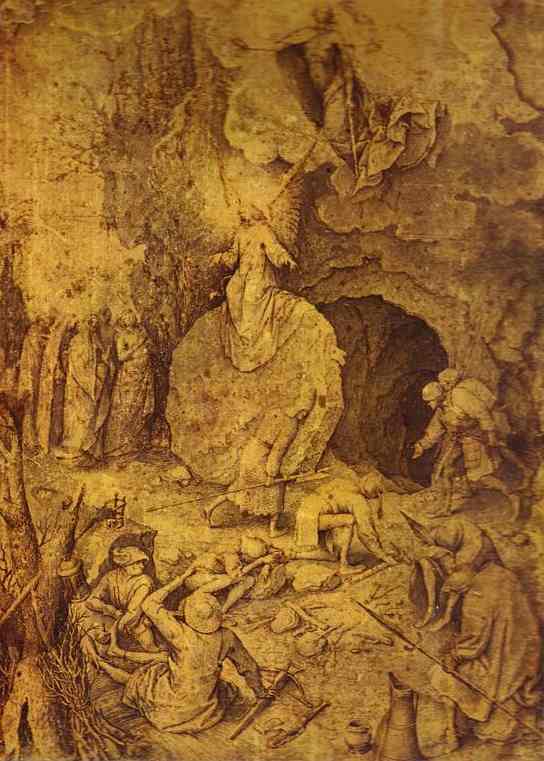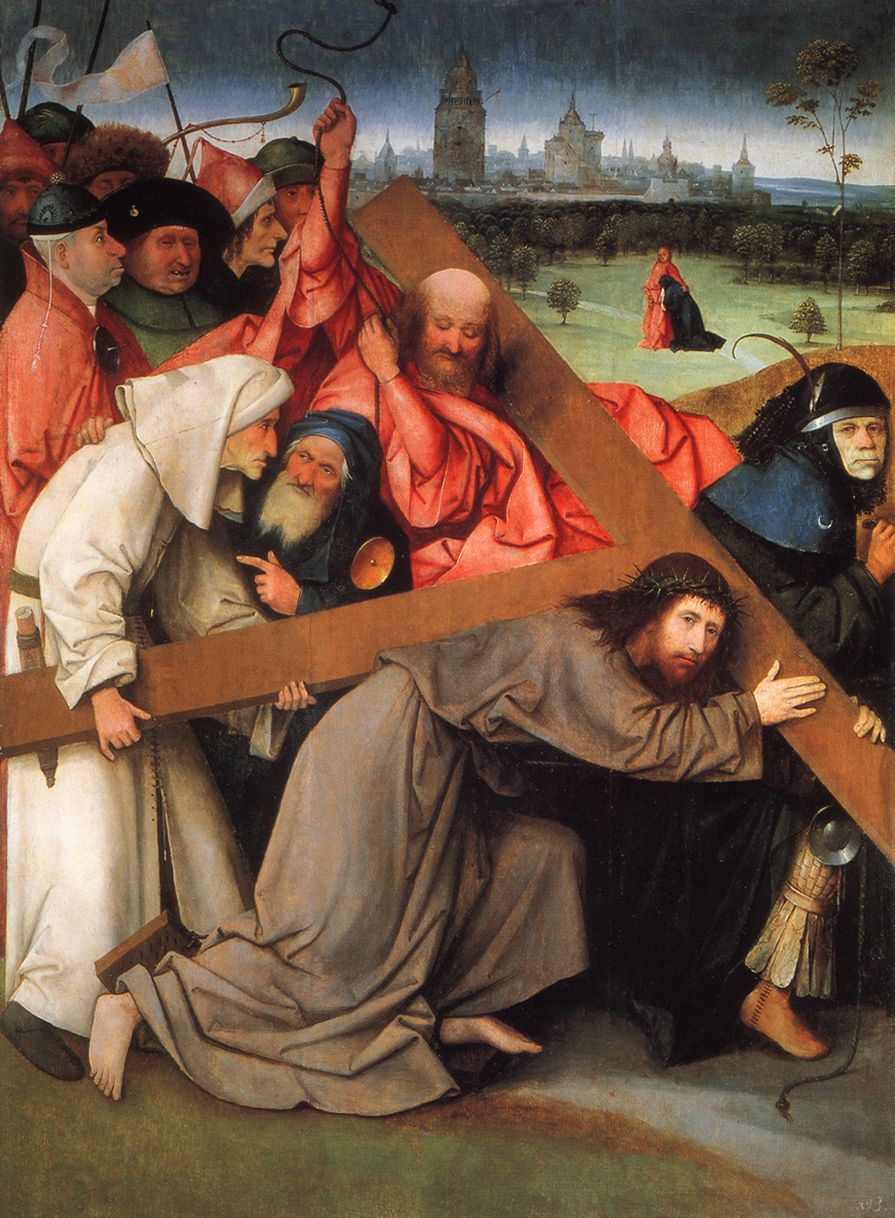 Today’s guest post is by Brandon Rappuhn, a Logos marketing copywriter.
Today’s guest post is by Brandon Rappuhn, a Logos marketing copywriter.
In light of recent tragedies here in the United States, I know of no better saint to turn to for intercession—besides the Blessed Virgin herself—than St. Elizabeth Ann Seton. Her feast day is today, which we American Catholics can hardly honor without remembering what happened at Sandy Hook elementary school in Connecticut. More than likely, it will come up in your priest’s homily at daily Mass today, and will be offered in the prayers of parish churches around the globe. After all, Elizabeth Ann Seton is our patron saint both for parents who have lost children and for child education—particularly parish schools.
Elizabeth was no stranger to tragedy. From a very young age, she saw the deaths of her young mother, younger sister, father-in-law, and then father. Elizabeth would turn inwards, finding her peace in prayer, poetry, and piano. She especially grew to love Psalm 23—her favorite Psalm. She was raised in the Episcopal Church in America, where she spent much of her time serving the orphans and widows. But everything changed when her young husband passed away while they were on a medicinal trip in Italy.
Now penniless and poor—her husband’s business having been ruined by the blockades of the United Kingdom and France—she was a stranger in Italy with her young children. It was there that the Catholic Church found her, and she went back to the United States to join the Catholic Church in her home, New York City. She then moved to Maryland, established the first school for the education of Catholic girls—the Saint Joseph’s Academy and Free School—and soon afterward established the first religious order in the United States, the Sisters of Charity. She spent the rest of her life leading these congregations until she died at 46 of tuberculosis, the same disease that had taken her husband and two of her teenage daughters.
In spite of overwhelming pain and death in her life, Elizabeth Ann Seton found peace, solace, and promise in the Catholic Church through the same pains that Mary, mother of Jesus, felt. She read Scripture daily and came back to Psalm 23 time and time again. It seems best to close this blog post with a prayer and promise from that very same Psalm:
The Lord is my shepherd, I shall not want.
He makes me lie down in green pastures;
he leads me beside still waters;
he restores my soul.
He leads me in right paths
for his name’s sake.
Even though I walk through the darkest valley,
I fear no evil;
for you are with me;
your rod and your staff—
they comfort me.
You prepare a table before me
in the presence of my enemies;
you anoint my head with oil;
my cup overflows.
Surely goodness and mercy shall follow me
all the days of my life,
and I shall dwell in the house of the Lord
my whole life long. (Psalm 23 NRSV)






An amazing story of real grit. There is a great DVD out on her Life played by Kate Mulgrew called “A Time For Miracles”. When she approached the priest to be received into the Church, the priest warned her of the very great hostility in America at that time, but she simply told him to ‘cut the cackle’ (Australian idiom) and go ahead with her reception. After some time she was approached to establish a religious order of nuns. When she looked at the Constitutions that had been set out, she reminded him that she was a widow with four children. “So you won’t change your mind?” “No” she replied. “Then I’ll have to change mine,” he laughed. What a wonderful woman whose determination carried her through all the problems!
There are times when we need to know where we are others have been. And if they made it to the other side safely so can we. Thanks for pointing this at this time.
“More than likely, it will come up in your priest’s homily at daily Mass today, and will be offered in the prayers of parish churches around the globe.”
Sorry to disappoint you, but I think you vastly overestimate her importance outside the US. I hadn’t even heard of her until I read ‘Rome, Sweet Home’ a couple of years ago, and I’ve hardly ever heard of her since. Out of all my books on saints, the only one that considers her worth mentioning is ‘The Oxford Dictionary of Saints’, and it mentions everyone.
The calendar here doesn’t even list her as an option — I just checked the diocese’s website to make sure — and Wikipedia seems to indicate that she is ‘US only’.